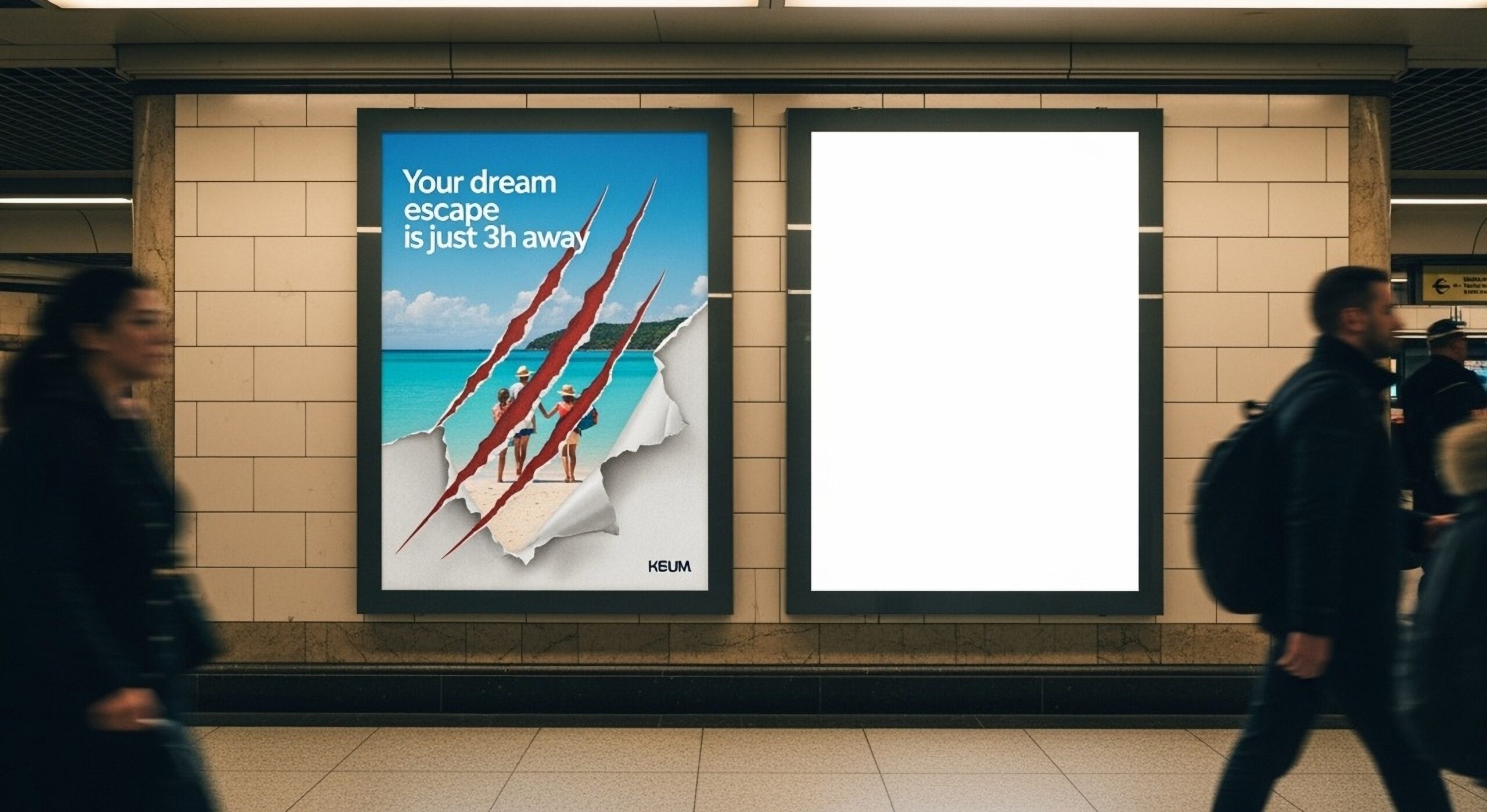David explores how The State of the American Traveler Plus can help you best communicate with travelers with accessibility needs by using the great state of Louisiana as a shining example.
Want to learn more about The State of the American Traveler? Contact us.
Transcript
Hello, my name is David Reichbach, VP of Development at Future Partners. I’d like to share an example of how The State of the American Traveler Plus can help you best communicate with travelers who have accessibility needs. For our example, we’ll use the State of Louisiana to take a look at destination appeal, welcoming atmosphere, and travel deterrents. Then, we’ll take a look at the best marketing avenues the state could use to further attract travelers who have additional needs based on insights from the travelers themselves.
Before we get started, let’s take a minute to understand how Future Partners identifies travelers with accessibility needs. Each month, The State of the American Traveler surveys 4,000 travelers across the 4 regions of the U.S. Respondents are asked “Because of a physical, mental, or emotional issue do you (or anyone you regularly travel with) have difficulties or face challenges traveling?”
In 2023, 15% of American Travelers indicated that they regularly traveled in a party with additional travel needs. Mobility and physical were the most commonly cited, followed by psychological issues. This is a wide spectrum of travel needs, so we’re going to use broad terms to describe this inclusive travel segment. And for our example, we’re going to look at travelers with accessibility needs and their general interest in Louisiana. Let’s get started.
Let’s begin by understanding the standard destination attribute ratings for Louisiana. Rated most highly for Food and cuisine, then historically interesting, festivals/special events, and fun atmosphere. This is for the entire traveling population.
But when we change the filter to look at travel parties with needs, we see that the destination attributes and ratings significantly change with nearly 3 out of 4 of travelers (or 72.5%) with accessibility needs citing the highest attribute to be “new experiences”.
Next, let’s get an understanding of Louisiana in terms of appeal to travelers. Navigating to “Destination Appeal” on the left side menu we can quickly get an understanding of how travelers overall view Louisiana. An estimated one in three travelers find Louisiana an appealing or extremely appealing leisure destination, and we can also see where Louisiana sits in comparison to other states. But when we apply our filter of travel party with needs, just over half find Louisiana an appealing or extremely appealing destination. For our example, this is great news because we’re exploring how to be an attractive destination for leisure travel to our segment and we’re off to a great start.
Moving over to the question “Given what you know about Louisiana, how welcoming would you expect the residents there to be to people like yourself?” Overall, travelers rank Louisiana as 44.1% welcoming or very welcoming. But when we apply our filter once more, we see a much stronger feeling of being welcome and to the right Louisiana shoots up to the number three spot in our state-by-state comparison.
Travelers with additional needs and considerations feel very positively about visiting Louisiana. Let’s dive in now and take a look at their motivations for visiting and potential deterrents so we can better frame our marketing strategy to reach these visitors.
In The State of the American Traveler Plus, we ask “How motivated are you to take a leisure trip to Louisiana in the next 12 months?” One-fourth of our travel segment is highly motivated to visit Louisiana. If I was the state, I would want to understand how to increase this number. So, let’s take a look at the potential deterrents and get into the minds of our travelers.
When asked “Which of the following accurately describe why you said you’re unlikely to visit Louisiana in the next two years?” one-third of travelers with additional travel needs indicated “been there done that” as the most common reason, followed by “not on my radar”.
This is really interesting news for Louisiana as there are really unique marketing opportunities that rise to the top. Louisiana could consider campaigns that either focus on repeat travelers that expands on second-tier and third-tier travel experiences or they could market to attract the first time visitor who say Louisiana isn’t on their radar.
Let’s suppose Louisiana decides to market to repeat travelers. How do they decide the right marketing mix for their campaign? Let’s explore this in the original The State of the American Traveler.
In The State of the American Traveler, we have additional fields to consider, so because we want to focus on visitors who have already been to Louisiana we’re going to focus on “recent visitors” and we’re going to apply our travel segment as well. Top travel planning resources used by our recent visitors include Online Content (articles and blogs) at 40.8%, followed by review websites (37.7%), OTAs, and travel and attraction website content.
But let’s say that our campaign budget is very small, so we have to really think about the best way to market to our travelers. Let’s take a look at the Most Effective Travel Planning Resources to ensure we’re maximizing our budget and impact. Articles and blogs are still the most effective (38.0%), followed by OTAs, and mapping sites.
Based on our Louisiana case study on what we know about Americans with additional travel needs from The State of the American Traveler, Future Partners would recommend the state focus their hypothetical strategy on content development to share additional and new travel experiences not already experienced by our travel segment and consider purchasing advertising on OTA websites.
Thank you for exploring with me how The State of the American Traveler and The State of the American Traveler Plus can help us better understand different traveler segments, their perceptions, and how to best engage with them. If you’re interested in exploring a use case for your travel brand you’re always welcome to contact us.



